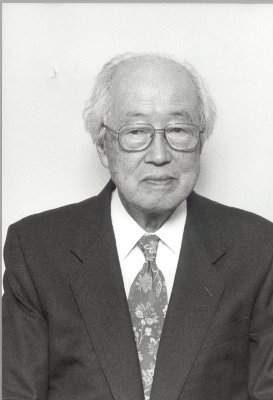Sakae Yamamura
- Associated organizations
- University of Tokyo
- Fields of study
- Power
- Awards
- IEEE Lamme Medal, IEEE Nikola Tesla Award
Biography
A distinguished educator and researcher, Dr. Sakae Yamamura discovered reverse driving and immobility phenomena in electric arcs controlled by magnetic fields. These phenomena explain why circuit breakers located at very high altitudes experience arc misdirection and capacity deterioration.
He also derived an innovative three-dimensional model of the linear induction motor on the basis of Maxwell equations. His analytical solutions, published in his Theory of Linear Induction Motor, earned him the Award of Honor from the Institute of Electrical Engineers of Japan, the IEEE Nikola Tesla Award and the Japan Academy Award. He was the 2002 recipient of the IEEE Lamme Medal.
Responding to a need for a way to calculate transient electrical machine and system phenomena, Dr. Yamamura developed the spiral vector theory. Applied to induction motors, the method produced such improved control characteristics that it is greatly influencing industry's transition from dc to ac control motors. The spiral vector theory unified steady-state and transient-state solutions using vector equations with a simple and clear form rather than requiring the use of more complex Laplace transformations. As an influence on generations of student engineers, the method allows even the beginner to easily understand the complicated electromagnetic dynamics of rotating machines.
Dr. Yamamura joined the University of Tokyo in 1956, where he was professor emeritus. An IEEE Life Fellow, he was a member of the Japan Academy and honorary member of the International Academy of Electrical Sciences in Russia.
